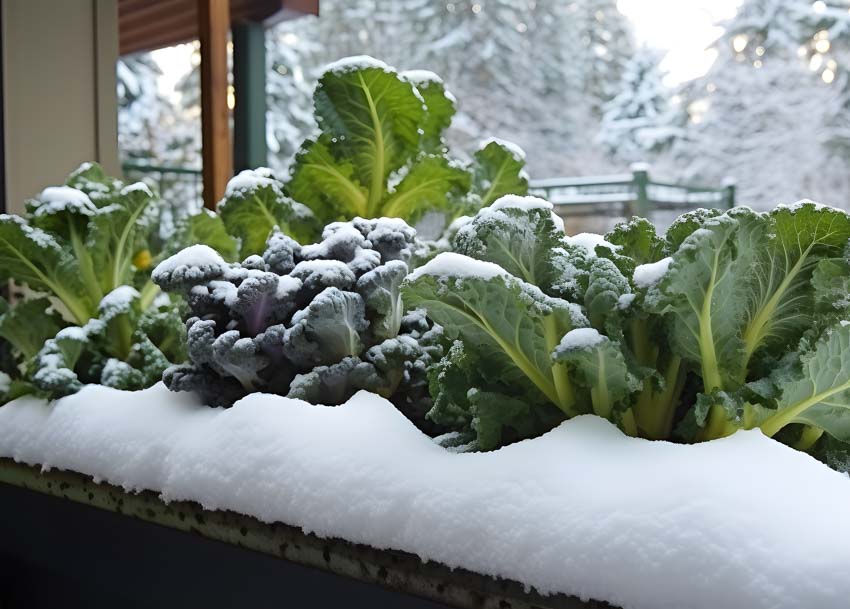Fall is an excellent time to squeeze a little bit more out of the growing season by planting cold hardy vegetables. In this Midwest fall planting guide, you’ll discover tips and tricks for fall planting, along with a list of the best cold hardy vegetables to try in your garden.
Understanding Cold Hardy Vegetables
The Midwestern United States is famous for being one of the most productive agricultural areas in the world. However, in many parts of America’s Breadbasket, the growing season is cut short by freezing temperatures.
Fortunately, there are several cold tolerant vegetables that you can grow in the fall to extend the growing season.
Defining “Cold Hardy”
So, what does “cold hardy” mean, and what are cool-weather crops? In the Midwest, many cold hardy vegetables can withstand temperatures down to about 20°F (-6°C).
In some areas, you can keep growing cold-tolerant vegetables throughout the fall and even into the winter. Other cold hardy crops like carrots and beets will overwinter in the ground and start growing again in the spring.
Tolerance to Frost and Low Temperatures
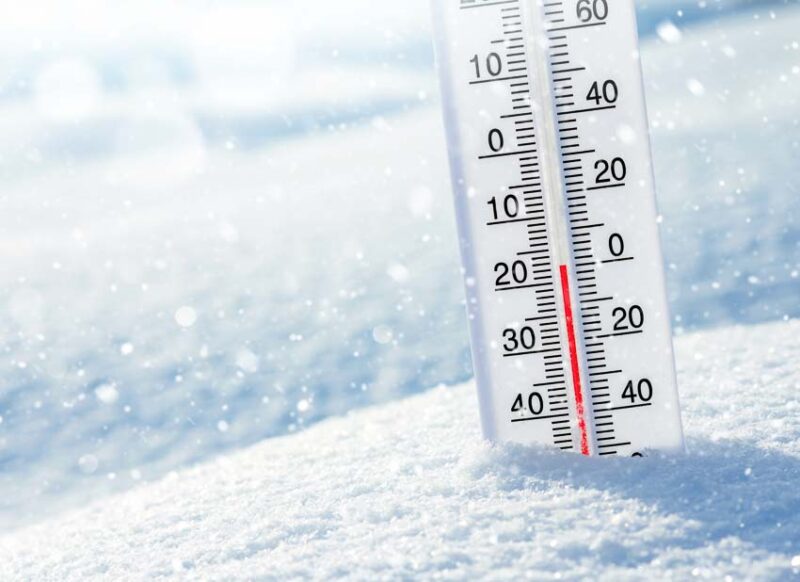
Even though a light freeze can slow the growth of cold hardy plants, it won’t kill them. In fact, they’ll continue to produce. Unlike warm-season crops such as squash, tomatoes, and eggplants, cold hardy winter vegetables like lettuce, peas, and radishes can withstand low temperatures.
Prolonged Harvest and Growth Cycles
You can extend your harvest season by several weeks by planting a fall garden. Fast-producing vegetables like pole beans, for example, can be planted in late summer and will produce beans within about 50 days.
Benefits of Cultivating Cold Hardy Vegetables
An extended growing season allows you to eat fresh food from your garden for more weeks out of the year.
Extended Growing Seasons
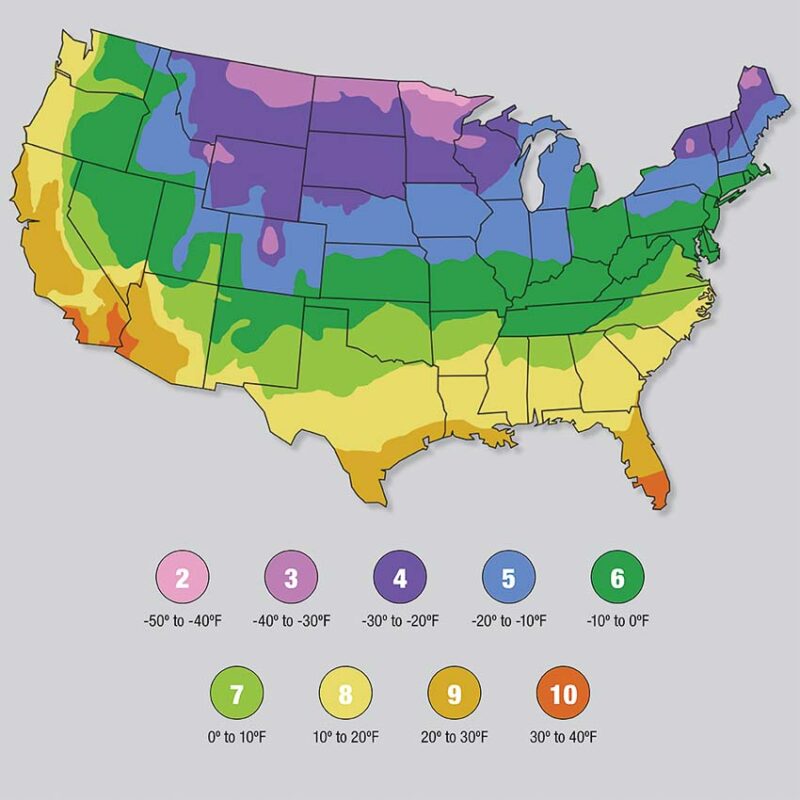
Most of the states in the Midwest are in USDA Hardiness Zones 5 through 7 , although some areas are colder or warmer, depending on the geographical location and regional climate.
It’s important to know the expected frost dates in your area to time your plantings around those dates. However, these dates aren’t hard and fast rules, as they can fluctuate a couple of weeks in either direction.
By planting an early spring or fall garden, you can extend your growing season by several weeks in either direction. This will enable you to enjoy fresh produce outside the main growing season.
Nutritional and Culinary Bonuses
If you’re a gardener, you’re more likely to eat vegetables. The fresh culinary delights you pick from your garden offer you a better variety of produce than you can find in any store.
But even more importantly, did you know that most produce loses about 30% of its nutrients within three days of being picked? That means eating fresh food from the garden is much healthier for you.
What Happens to Plants in the Winter?
Some warm-weather annuals die as soon as the first cold snap hits, but many winter garden plants simply go dormant.
The Dormancy and Survival Mode of Plants
Plants enter survival mode when the temperatures drop below their optimal growing temperatures. As a natural protective mechanism, plants regulate their metabolism to acclimate to temperature changes and will enter periods of slow or no growth during the fall and winter.
Winter veggies like carrots, beets, and turnips will enter a dormant period, almost like hibernation in animals. They will lose their tops, but the roots are alive and will start growing in the spring as soon as the soil temperatures warm up.
The extent of the metabolic slowdown of plants during cold weather depends on your growing zone and what plants you are growing. Some cold-hardy vegetables like kale and broccoli can continue to grow in temperatures down to 20°F (7°C).
Effects of Winter on Vegetable Growth
When temperatures drop in the fall, the metabolism of plants slows down, and they stop photosynthesizing. When it gets too cold, plants stop growing altogether.
Winters in the Midwest can be brutally cold, and with frozen ground, there is little chance that most of your winter veggies will survive, even in cold frames.
When the ground is frozen, there isn’t any nutrient uptake. Most plants, except for evergreens, also stop transpiring during the winter. Annual plants die, and perennials will send all of their nutrients to their root systems so they have the energy to start growing again in the spring.
How Much Cold Can Vegetables Tolerate?
Vegetables tolerate varying amounts of cold. There are also variations in cold tolerance with different cultivars of cold hardy garden plants.
Variabilities in Cold Tolerance
Different types of plants have varying degrees of cold tolerance. You can also change the growing conditions in your garden using hoop houses and polytunnels. This will increase the growing season of certain types of winter garden vegetables by several days or weeks.
Genetic and Species-Specific Factors
Choosing the right variety of plants for your fall garden will help ensure your success. In your summer garden, you can grow varieties that take longer to mature, but in a fall garden, you want to choose select cold-hardy varieties that take less time to mature.
Gradual Acclimatization to Cold
Whether you’re growing plants in the spring or fall, sudden cold weather will shock them. Obviously, you can’t control the weather. But, if you’re putting out starts of cabbage or cauliflower in the fall, make sure they have some protection from sudden drops in temperature until they’re fully acclimated.
Signs of Exceeding Cold Stress
Cold shock can set your plants back, so it’s important to keep a close eye on them. Pay attention to signs that your plants are being shocked by the cold.
Here are some visual cues and growth symptoms of cold stress in plants:
- Wilted or drooping leaves–Plants lose their rigidity when cell damage occurs from frost.
- Discolored leaves–Plant leaves turn red or get white or yellow spots on them when they get cold.
- The plant turns mushy and black–While some plants are frost tolerant, even a light frost kills other types of plants, turning them mushy and black.
- Loose root ball–Cold weather and frosts will cause root damage, resulting in a small, loose root ball.
Long-Term Impacts on Health and Yield
You may be able to revive a plant by watering it and giving it some shelter, such as a cold frame. However, once a plant has been damaged by cold stress, recovery will be slow, and it’s not as likely to have high produce yields.
Types of Cold Hardy Vegetables That Thrive in the Midwest
Growing a fall garden can be as rewarding as growing one during the normal growing season. In the Midwest, many types of garden plants are night frost survivors and will continue to grow for several weeks after your summer garden is done.
Leafy Greens
Highly nutritious, leafy greens are fast producers and easy to grow.
Kale
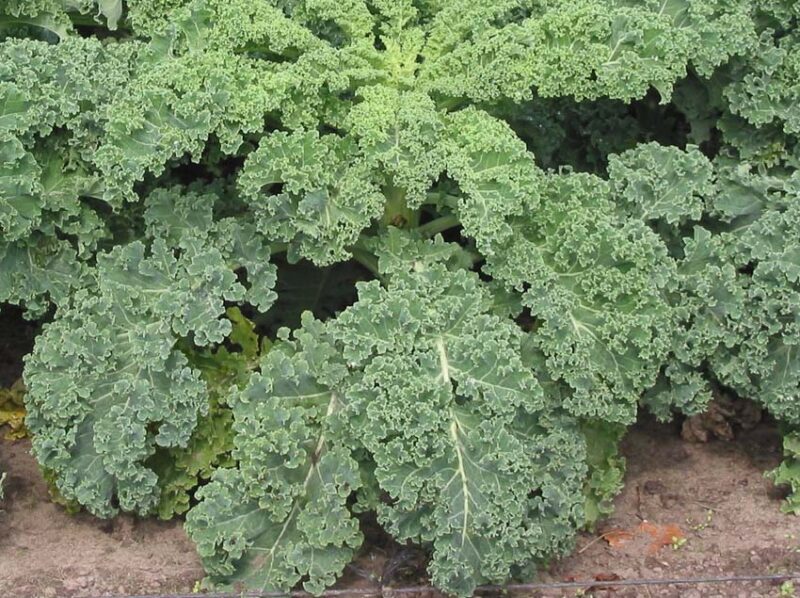
Kale is well-known as one of the most frost-hardy vegetables, and it is packed with nutrients. You can also try one of the ornamental flowering kales just for fun.
Spinach
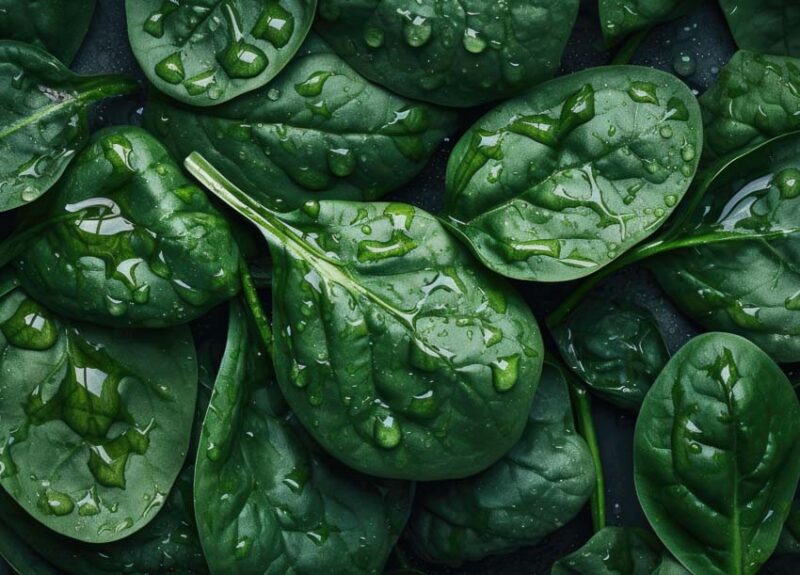
Spinach likes to germinate in cool soils between 45 and 68°F (7 to 20°C), so you won’t have any luck growing it until soil temperatures drop. It does best when planted in late summer or early fall, about four to eight weeks before the first expected frost date.
Lettuce and Other Microgreens
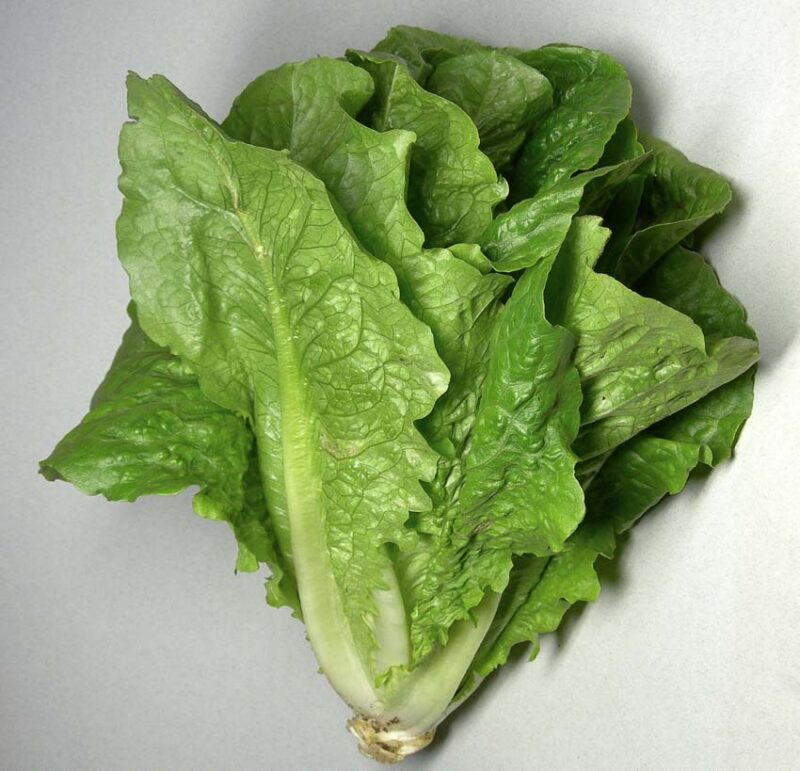
One of the best plants for a cold frame, many lettuce varieties will grow until temperatures drop into the low 20s. You can also try arugula, Swiss chard, collards, and mustard.
Root Vegetables
Some other favorite cold weather vegetables include beets, carrots, turnips, and radishes. You can plant these root vegetables in early fall and even overwinter them in your garden.
Beets
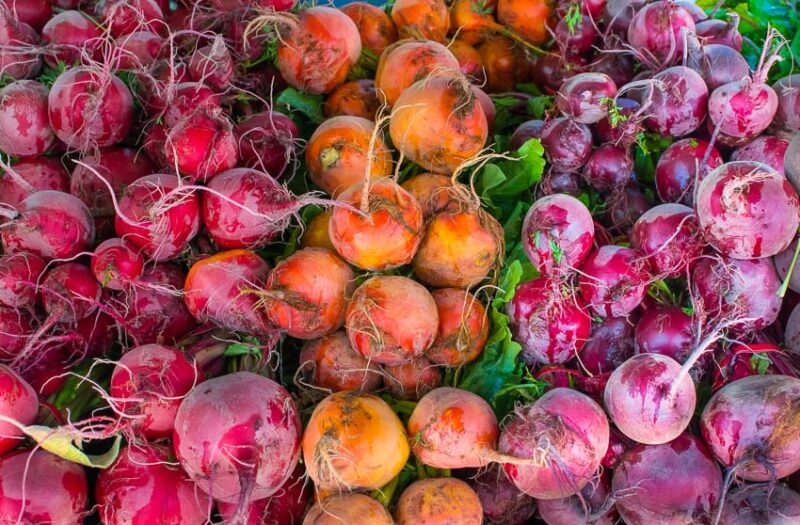
Beets grow well in the fall garden, taking about 60 days to mature. Be sure to thin them well. Any plants that don’t get big enough to consume in the fall can be left to overwinter so that you can enjoy fresh beets in early spring.
Carrots
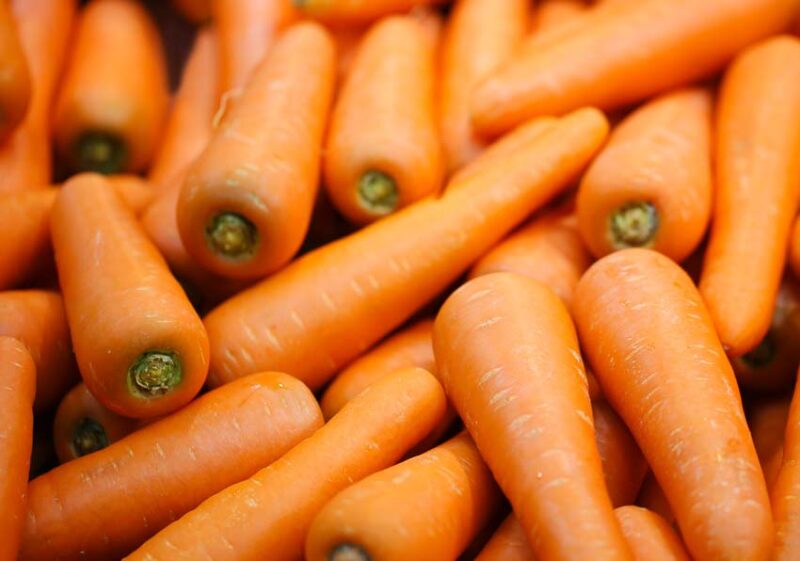
All carrots are frost tolerant vegetables that will thrive in a fall garden, but some that really do well are specialty heirloom carrot species like Kyoto Red or Atomic Red.
Radishes
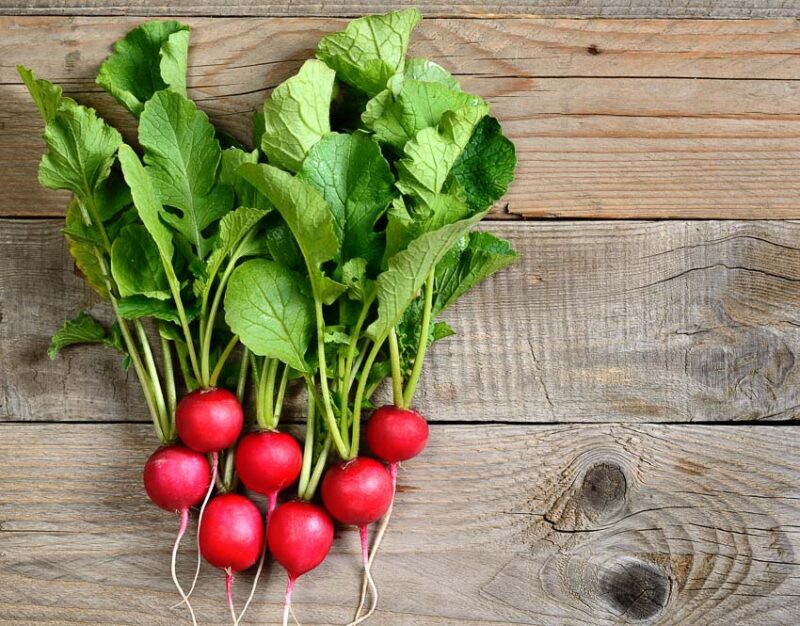
Radishes grow exceptionally well in the fall, and you can have fresh radishes within 28 days of planting them. There are over 100 varieties, and you can enjoy them raw, pickled, or in stews.
Turnips
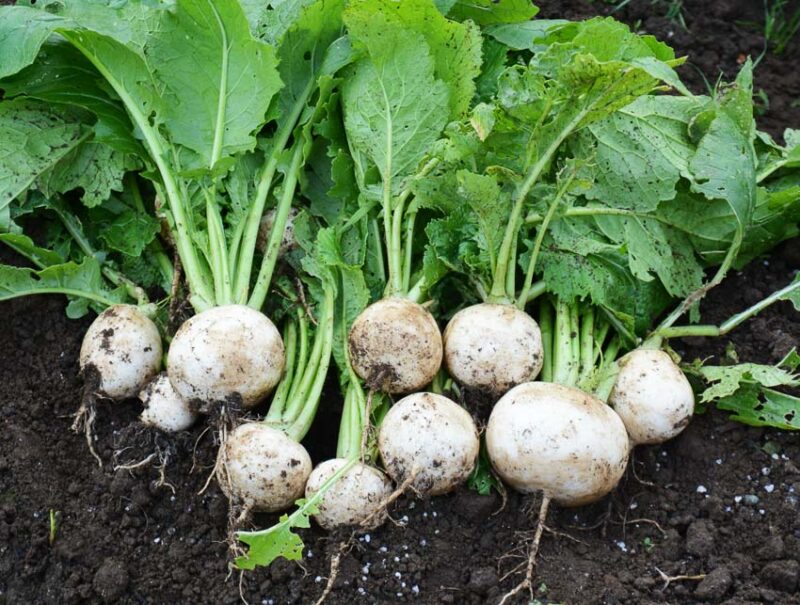
Turnips are one of the best cold tolerant vegetables to grow in your fall garden. They can get quite large during the normal growing season, but you can harvest them in the fall as soon as they are 2 to 3 inches in diameter.
Brassicas and Legumes
While plants grow slower during cold weather, some types continue to thrive. Try these frost hardy plants for your fall garden.
Brussels Sprouts
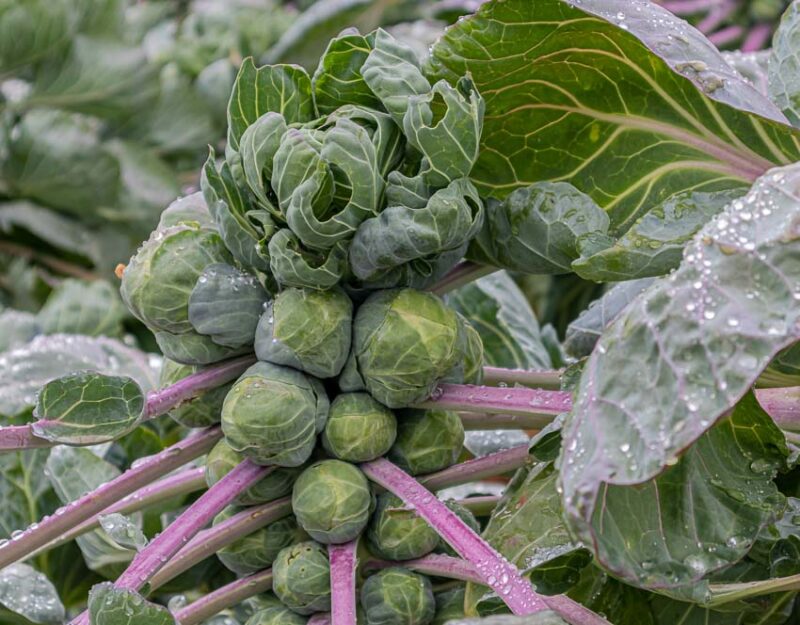
The flavor of Brussels sprouts actually improves after a light frost, so even though they take over 100 days to mature from seed, they are an excellent addition to your fall garden.
Broccoli
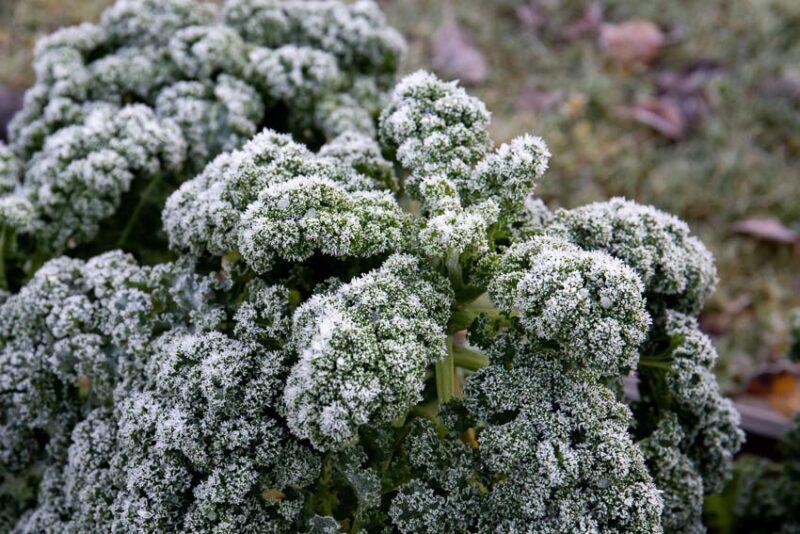
Broccoli is another brassica that loves the cool weather in the fall. Try a variety that matures in less than 60 days for the best success in your Midwest fall garden.
Peas
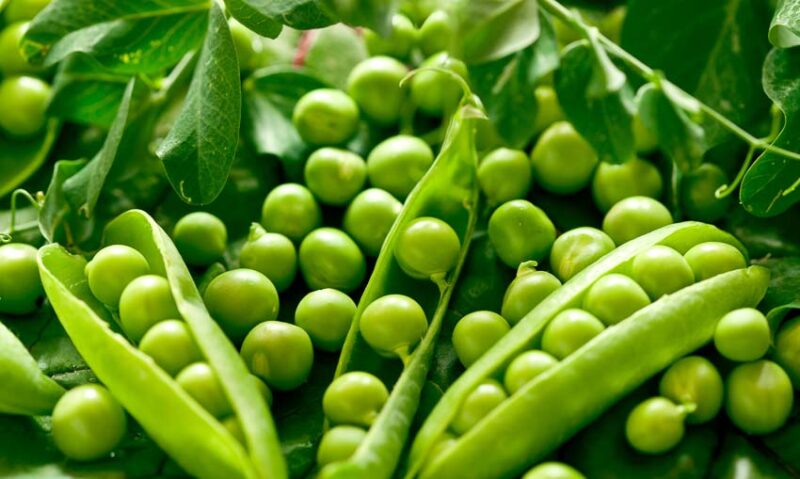
Sugar snap peas will grow at temperatures above 40°F (5°C), and they can survive temperatures down into the low 20s, so they are another fall garden favorite.
Beans
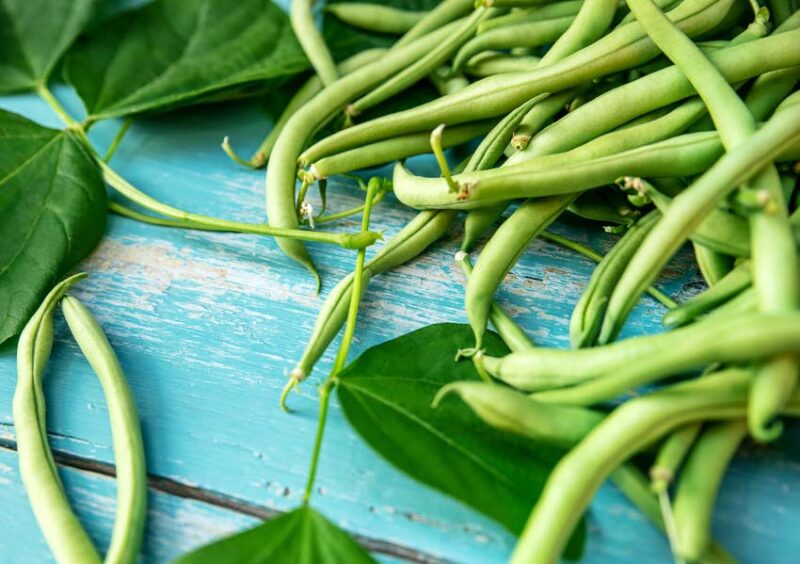
Pole and bush beans don’t tolerate cold as well as peas and brassicas, but if you plant them in late summer, they are quick to mature and can produce high yields of fresh green beans until a killing frost hits them.
Preparing Cold Hardy Vegetables for Midwest Winters
Due to cold winds coming down from the north, alternated by warm air masses from the Gulf of Mexico, Midwest winters can fluctuate between being extremely cold and relatively mild.
To prepare your cold hardy vegetables from these varying conditions during the harsh winter months, you need to account for proper planting timeframes and winterize your vegetable garden.
Proper Planting Timeframes
The best times to plant cold hardy vegetable crops in the Midwest are early spring and late summer. Depending on the plant you’re growing, you may need to use cold frames to maximize light and heat exposure the farther you get away from the first and last expected frost dates.
Winterizing the Vegetable Garden
Growing a garden in the fall is a lot different than growing one during the summer. Because there isn’t as much evaporation, you’ll need to use less water. It’s much easier to overwater plants in the fall.
Ensure your fall garden area has good drainage to avoid plants with wet roots, which can cause decay that leads to fungi problems, diseases, and decreased yields. You can also mulch plants so they retain moisture, and it will also help keep their roots warm.
FAQs About Midwestern Cold Hardy Vegetables
How early can I plant cold hardy vegetables in the Midwest?
In the spring, you can plant cold-hardy vegetables as early as March in the Midwest. It depends on your growing zone, the type of vegetable, and whether you use cold frames. If you’re growing cold-hardy vegetables for fall use, you should plant them in late summer. Many cold hardy plants can be planted into October in the Midwest.
What are the easiest cold hardy vegetables for beginners to grow?
The easiest cool-weather vegetables for beginners are peas, lettuce, radishes, and spinach. They all love to grow in the fall, and you can enjoy fresh produce within a matter of weeks.
What pests should I be wary of when growing cold hardy vegetables?
Most insects are less of a problem once the temperatures drop, but you may still have to contend with infestations of aphids and cabbage loopers on your cold-hardy vegetables.
How can I use cold frames for cold hardy vegetables?
Cold frames benefit your garden in the fall by providing frost protection and adding daytime warmth so that your plants will grow. You can make your own DIY cold frames or purchase a cold frame kit. You can also use polytunnels, mini hoop houses, or cloches.

